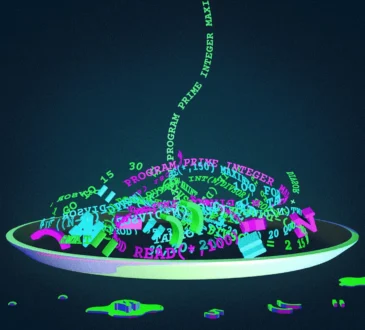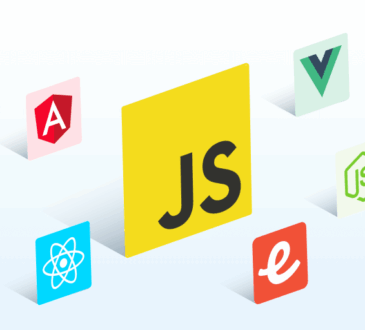
Every year brings a wave of innovation to the world of programming languages, and 2025 is no exception. From new languages gaining traction to significant updates in industry staples like Python and JavaScript, the landscape is shifting rapidly. Whether you’re a seasoned developer or just keeping an eye on the tech frontier, staying current is key. Here’s what’s making waves in programming languages this year.
1. Rust Goes Mainstream

Rust has officially moved from niche admiration to widespread adoption. Long praised for its memory safety and performance, Rust is now being embraced in traditionally C/C++-heavy domains like systems programming, embedded development, and game engines.
What’s new in 2025:
- Rust 1.80 introduced async closures and improved ergonomics around lifetime annotations.
- Microsoft, Amazon, and Google have expanded their internal usage, with AWS adding official Rust SDKs.
- The language is seeing more support in tools like Visual Studio and JetBrains IDEs.
Developers are increasingly choosing Rust for new projects where safety and speed are paramount — think high-performance backend services, cross-platform tools, and secure web assembly modules.
2. Python 3.13: Leaner, Faster, Smarter

Python continues to be the workhorse of data science, automation, and education — and it’s not resting on its laurels.
What’s new in 2025:
- Performance improvements in Python 3.13, thanks to the Faster CPython initiative, have cut startup times and improved runtime efficiency by 25–40% in some benchmarks.
- Better type hints and optional static typing with the maturation of
mypyandpyright, enabling more robust large-scale applications. - Native support for multi-core concurrency is emerging with experimental features that sidestep the Global Interpreter Lock (GIL).
The Python Software Foundation is clearly steering the language toward modern use cases while preserving the elegance that made it popular in the first place.
3. JavaScript and TypeScript: The Web Never Sleeps
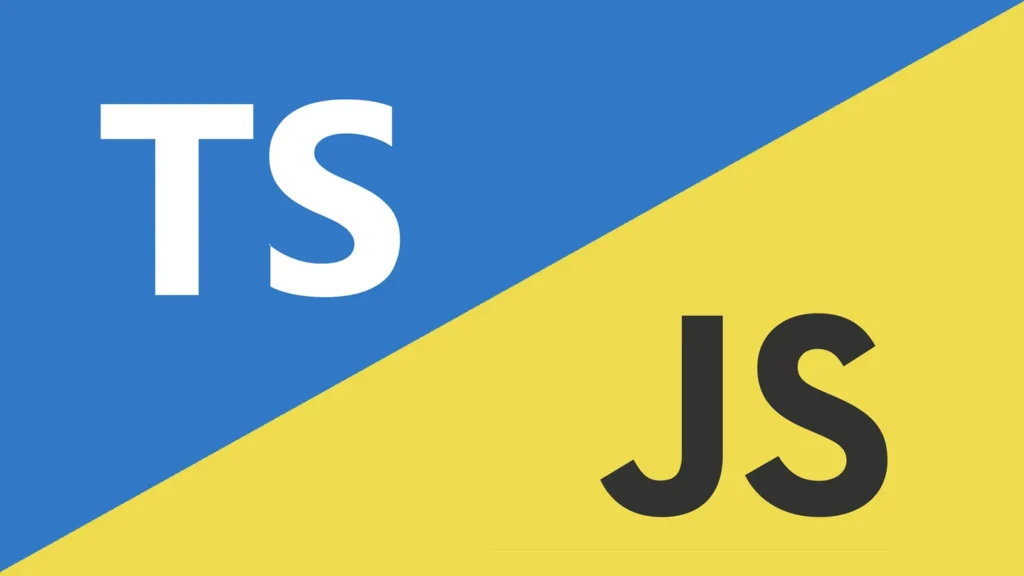
JavaScript remains the dominant force on the web, and TypeScript, its typed superset, is now a default for many serious projects.
What’s new in 2025:
- ES2025 introduced pipeline operators, pattern matching, and temporal, a new date/time API that finally makes dealing with time zones less painful.
- TypeScript 5.5 now supports const type parameters and partial type inference, making generic-heavy code more readable and maintainable.
- Server-side JavaScript with Deno is slowly chipping away at Node.js’s dominance, offering modern security and performance defaults out of the box.
Frameworks like Next.js and SvelteKit continue to blur the line between front-end and back-end, pushing JavaScript (and TypeScript) into full-stack territory more seamlessly than ever.
4. Swift’s Cross-Platform Leap
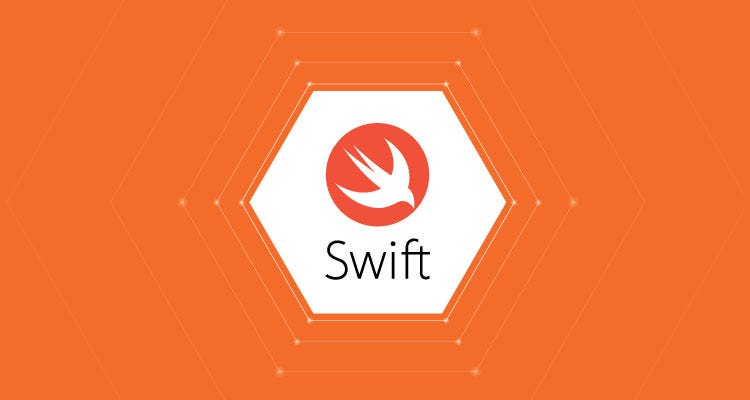
Apple’s Swift is no longer just for iOS and macOS. With Swift 6, released earlier this year, the language is being positioned as a general-purpose tool for systems and cloud-native programming.
What’s new in 2025:
- Official support for Windows and Linux development, with improved toolchains and language server support.
- Concurrency enhancements from Swift 5.9 are now fully stabilized.
- Swift on the server is gaining real traction, thanks to frameworks like Vapor and integrations with Docker and Kubernetes.
Apple’s investment in Swift’s broader adoption signals its ambition to compete with Go, Rust, and Python beyond the Apple ecosystem.
5. Go 1.23: Smarter, Concurrent, and More Secure
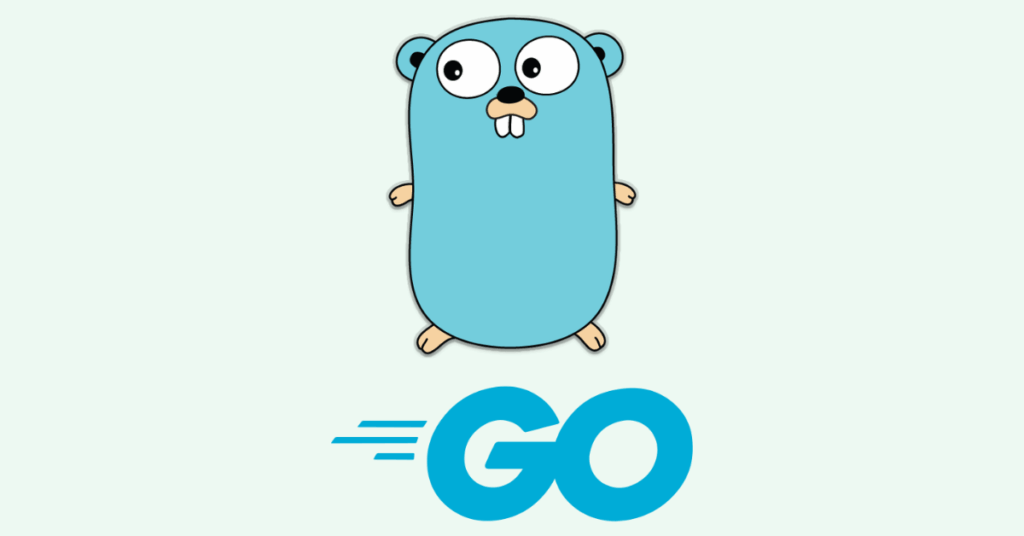
Go continues its rise as a backend favorite for cloud infrastructure, microservices, and CLI tools. Its simplicity and robust concurrency model keep it attractive for scalable architectures.
What’s new in 2025:
- Improved generics — now with full support for type constraints and cleaner syntax.
- Enhanced memory model and race detector that help catch concurrency issues early.
- Better WASM support is opening the door for Go in the browser and edge environments.
Go’s “boring is good” philosophy still resonates, especially with teams that value reliability and quick compile-deploy cycles.
6. Zig and Mojo: Rising Stars
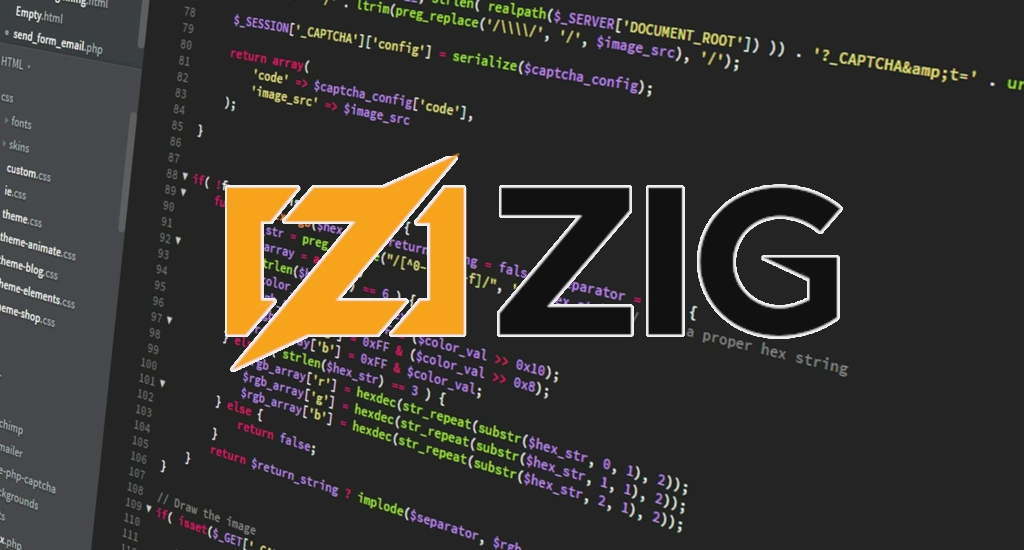
Two new(ish) languages are climbing the ranks in 2025:
Zig
- A C-replacement with modern tooling, better safety, and no hidden control flow.
- Zig 0.13 brings full cross-compilation support and incremental compilation, making it ideal for performance-sensitive development.
Mojo
- Created by Modular, Mojo aims to be the “Python++” for AI and performance-critical computing.
- Combines Python syntax with systems-level control, and compiles to LLVM for near-C speed.
- Gaining popularity among ML developers and performance engineers looking for alternatives to CUDA or hand-written C++.
Both are worth keeping an eye on, especially if you’re working at the intersection of systems and AI.
7. AI-Powered Development and Language Evolution
One of the most significant changes in 2025 isn’t a new language but a new way of writing code. AI coding assistants (like GitHub Copilot, CodeWhisperer, and integrated tools in IDEs) are no longer just autocomplete — they’re collaborators.
This shift is affecting how languages evolve:
- More languages are improving readability and tooling integration to work better with AI code generation.
- Documentation-first design is becoming standard — languages that are easier to explain and scaffold perform better in AI-driven development environments.
- Languages are adding metadata and annotations for better code understanding by LLMs.
In short, programming languages in 2025 are being designed as much for human developers as for AI pair programmers.
Final Thoughts
The programming language ecosystem in 2025 is vibrant, competitive, and shifting faster than ever. While tried-and-true languages like Python, JavaScript, and Go continue to evolve in thoughtful ways, newer entrants like Mojo and Zig are pushing the envelope in performance and usability.
No matter which languages you work with, the key takeaway is this: programming is becoming more expressive, more performant, and more collaborative — both with people and machines.
Now is a great time to experiment, contribute to language communities, and stay curious. The future of programming is unfolding — and it’s being written in many dialects.



